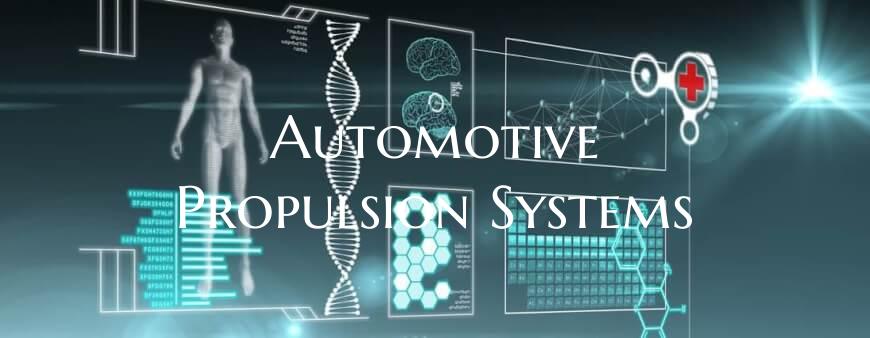Automotive Propulsion Systems
Automotive Propulsion Systems: Exploring the Future of Vehicle Power
When it comes to automotive propulsion systems, the possibilities are evolving rapidly as technology advances and the world shifts towards more sustainable practices. Traditional internal combustion engines have long been the dominant force powering vehicles, but now, electric and hybrid systems are emerging as viable alternatives.
Electric propulsion systems have gained significant traction in recent years, offering a cleaner and more efficient way to power vehicles. These systems rely on rechargeable batteries to store energy, which is then used to drive electric motors, providing a smooth and silent driving experience. With advancements in battery technology, electric vehicles (EVs) now offer longer driving ranges and quicker charging times, making them a practical choice for many consumers.
Hybrid propulsion systems combine the best of both worlds by utilizing both an internal combustion engine and an electric motor. This setup allows the vehicle to operate using electric power at low speeds or in urban areas, reducing emissions and improving fuel efficiency. The internal combustion engine kicks in when extra power is needed, providing a seamless transition between the two power sources.
Fuel cell propulsion systems represent another innovative approach to automotive power. These systems generate electricity through a chemical reaction between hydrogen and oxygen, producing water vapor as the only emission. Fuel cell vehicles offer long driving ranges and quick refueling times, making them a promising solution for zero-emission transportation.
As automotive propulsion systems continue to evolve, the future of vehicle power is poised for a revolution. Whether it's electric, hybrid, or fuel cell technology, each system brings its own set of benefits and challenges. Manufacturers are investing heavily in research and development to drive innovation in this space, aiming to create efficient, sustainable, and reliable propulsion systems for the vehicles of tomorrow.
In conclusion, the automotive industry is at a crucial juncture, where the choice of propulsion system will not only shape the vehicles we drive but also have a lasting impact on the environment. By embracing new technologies and pushing the boundaries of innovation, automotive manufacturers are paving the way for a cleaner and more sustainable future on the roads. Automotive propulsion systems are not just a means of powering vehicles; they are a pathway towards a greener and more efficient transportation sector.

